Health and Immunity
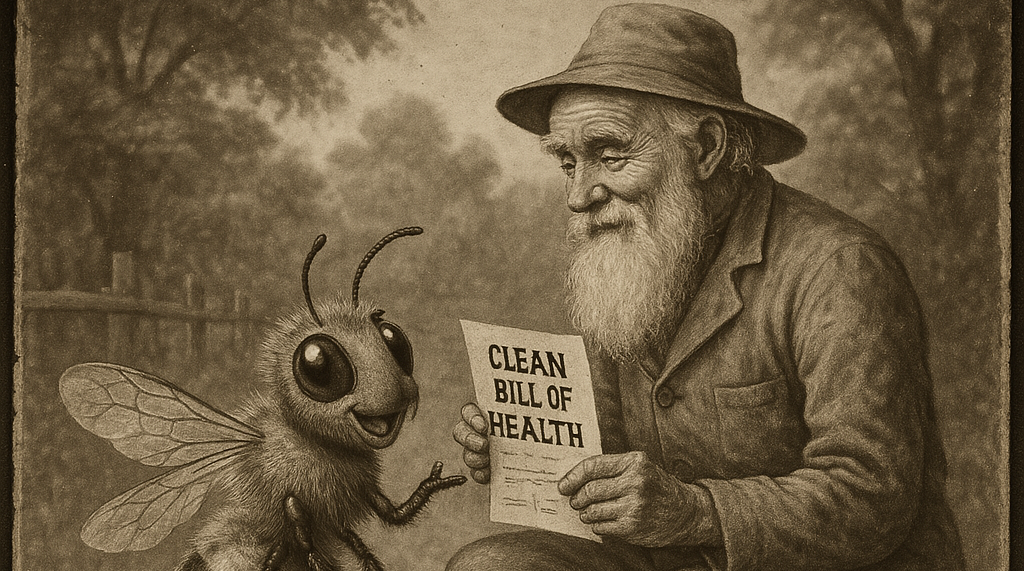
Honey bees are constantly exposed to contact with many types of pathogens. However, during evolution they developed a number of immune mechanisms. At the individual level, they comprise 1) resistance mechanisms associated with anatomical and physiological barriers of the body, 2) cell-mediated immunity involving immune cells (hemocytes), 3a) congenital humoral (body fluid), and 3b) induced […]
Splits and Emergency Queen Cells
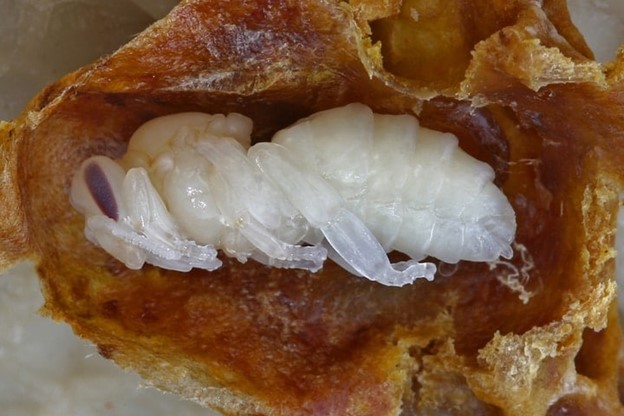
Queens Development All fertilized eggs have the potential to become a queen or a worker, while unfertilized eggs become drones. All eggs hatch into larvae about three days after being laid and all larvae are fed royal jelly exclusively for the first three days after hatching. To be clear the term hatch or hatching is […]
Layens Artificial Swarming: Spring Splits
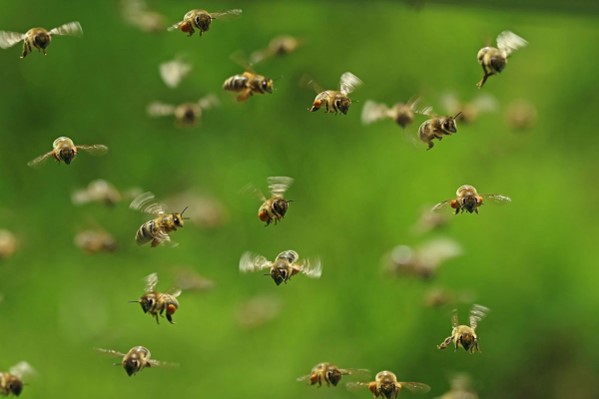
Winter has hopefully ended for most of us and sadly our spring inspections have found a few dead outs but hope springs eternal because we also see colonies collecting resources and beginning the natural spring cycle of brooding up. So we go ahead and get those dead outs cleaned up and put our valuable frames […]
Understanding Your Local Swarming Process
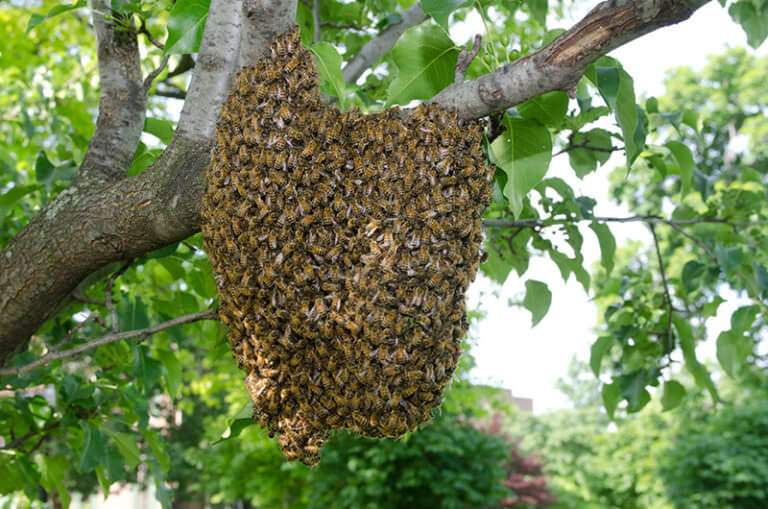
Introduction Below is a summary of the recent research on swarming and topics surrounding its timing and identification. Research articles are always listed at the bottom of the blog for further details. Just below are two links which contain information gleaned from the research and organized into an approximate execution timeline. Consider downloading these two […]
Winter Bees and Their Environment
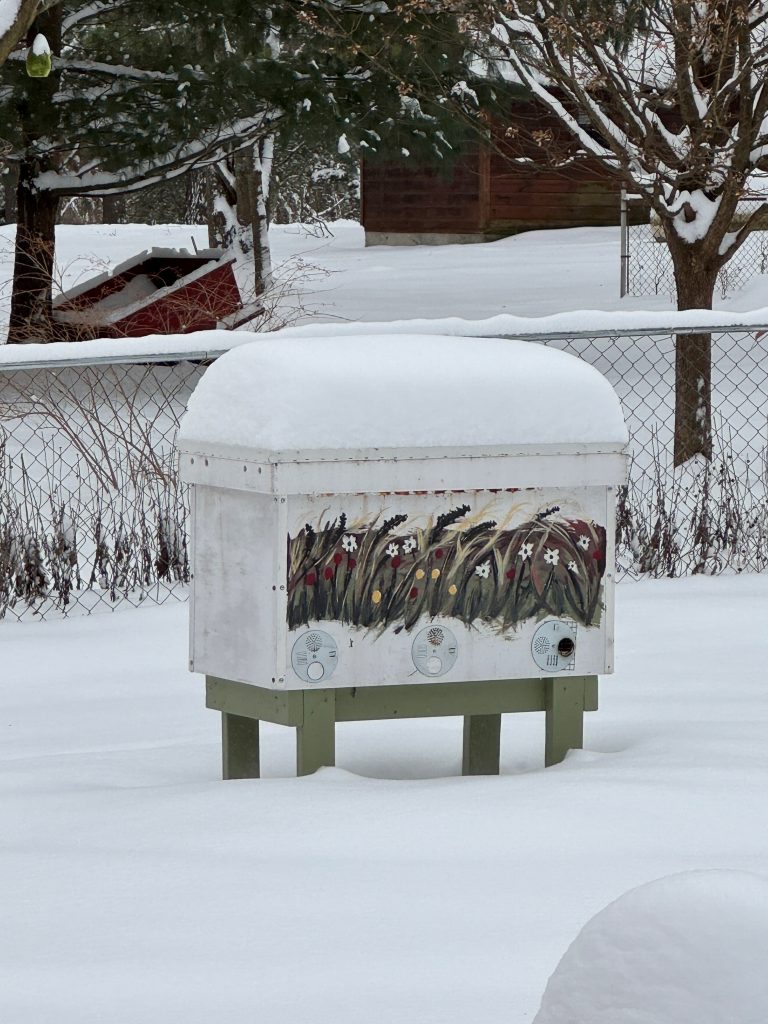
Introduction Honey bee physiology follows an annual cycle, with winter bees living ten times longer than summer bees but annually we continue to see losses particularly at the end of the overwintering period. Several factors arising during the year can contribute to this. For example, climate warming or cooling impacts the lifespan in flies, fish, […]
Epigenetics: Honey Bee’s Gene Response
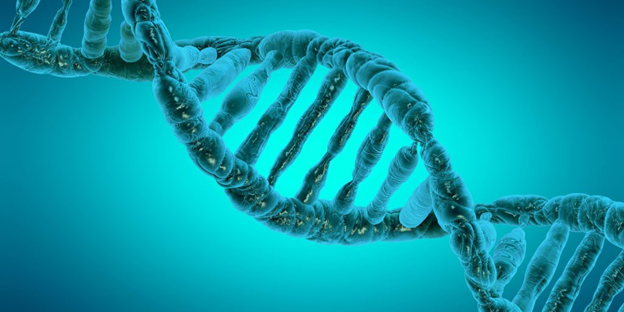
Epigenetics In biology, epigenetics is the study of heritable traits, or a stable change of cell function, that happen without changes to the DNA sequence. The Greek prefix epi- in epigenetics implies features that are “on top of” or “in addition to” the traditional genetic mechanism of inheritance. Epigenetics usually involves a change that is […]
Why Do Winter Bees Live Longer?
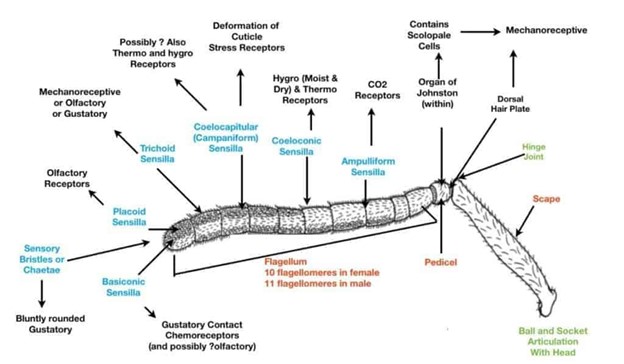
Introduction Winter can be a challenging time for beekeepers. As temperatures plummet, managing the internal conditions of beehives becomes critical and is a dance with nature. It’s clear that honey bees exhibit complex behaviors and physiological responses when managing their hive environment. The hive is in fact an extended phenotype (physical characteristic extending beyond its […]
Harbo Assay, Varroa Sensitive Hygiene Testing
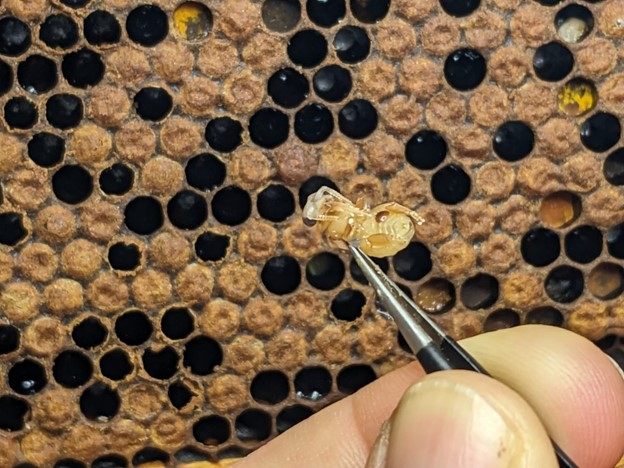
From Wild Hives More than likely you could simply Google “Harbo Assay” and get all you ever wanted to read on this topic, but my hope is that the organized extracts below might take you from “knowing” about this topic to actually getting involved. Yes, you as a backyard beekeeper can participate. Commercial breeders located […]
Genetic Diversity Matters
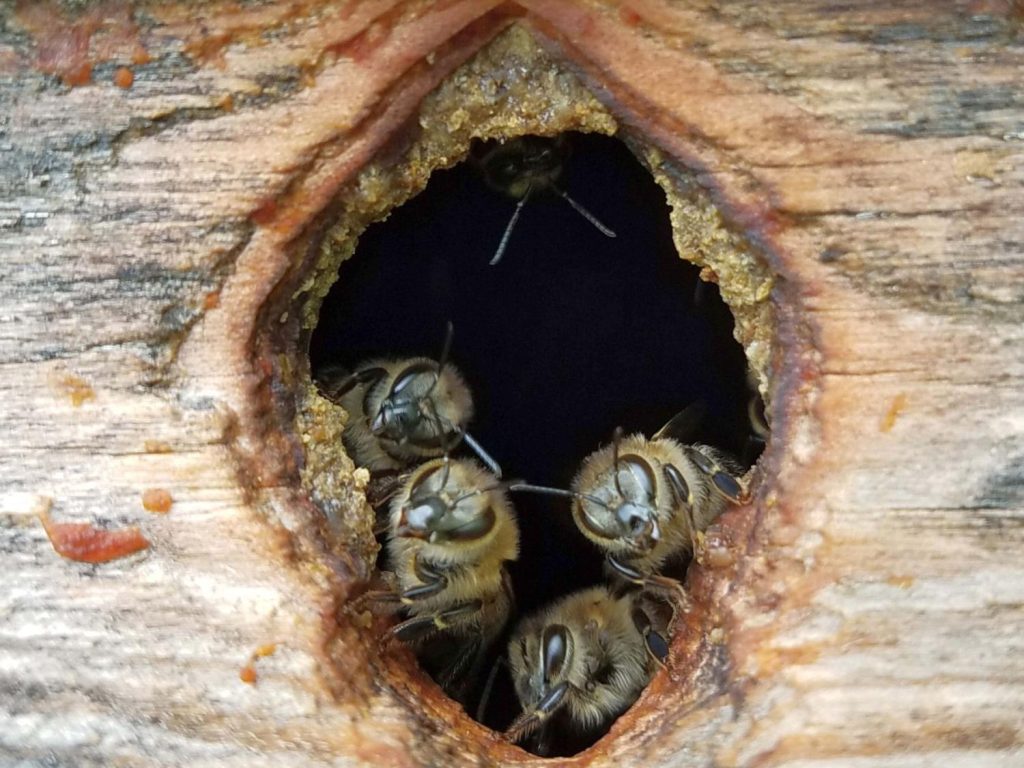
History The honeybee originated in the Old World, where it diverged into more than two dozen recognized subspecies. Initial introduction of the honeybee (subspecies A. m. mellifera) to North America occurred in the 17th century and records indicate that another seven subspecies were introduced by 1922, when further importations were restricted. With the notable exception […]